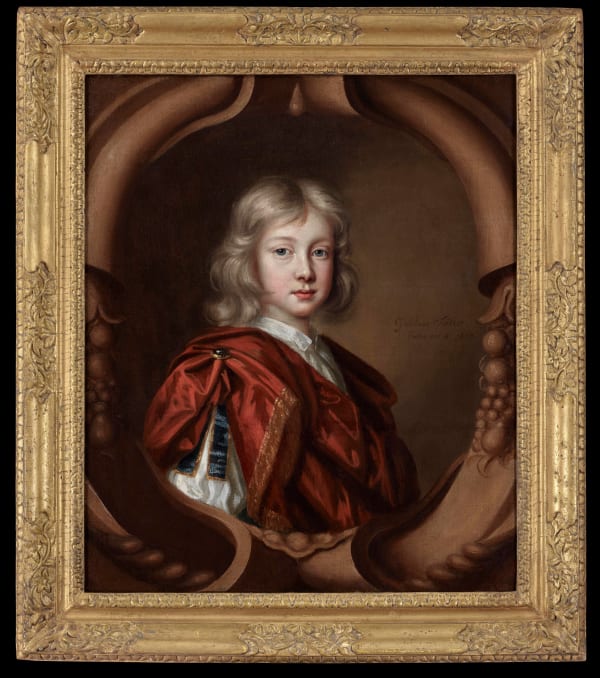-
 Frans Pourbus the Younger (1569 – 1622)Henri IV of France (1553 – 1610)Oil on canvas23⅛ x 17⅛ in. (58.7 x 43.5 cm.)
Frans Pourbus the Younger (1569 – 1622)Henri IV of France (1553 – 1610)Oil on canvas23⅛ x 17⅛ in. (58.7 x 43.5 cm.) -
 Frans Pourbus the Younger (1569 – 1622)Louis XIII of France (1601 – 1643), Painted circa 1620 – 1621Oil on de-lined canvas27 × 21 ½ in. (68.5 × 54.5 cm.)
Frans Pourbus the Younger (1569 – 1622)Louis XIII of France (1601 – 1643), Painted circa 1620 – 1621Oil on de-lined canvas27 × 21 ½ in. (68.5 × 54.5 cm.) -
 Nicolas de Largillierre (1656 - 1746)Élisabeth-Charlotte d'Orléans, Mademoiselle de Chartres, Painted circa 1680sOil on canvas25 ¾ x 21 in. (65.5 x 53.5 cm.)
Nicolas de Largillierre (1656 - 1746)Élisabeth-Charlotte d'Orléans, Mademoiselle de Chartres, Painted circa 1680sOil on canvas25 ¾ x 21 in. (65.5 x 53.5 cm.) -
 Marcus Gheeraerts II (1561 - 1635)An unknown English noblewoman, possibly a member of the Strode family, Painted circa 1615Oil on panel39 ½ x 34 3⁄8 in. (100.4 x 87.5 cm.)
Marcus Gheeraerts II (1561 - 1635)An unknown English noblewoman, possibly a member of the Strode family, Painted circa 1615Oil on panel39 ½ x 34 3⁄8 in. (100.4 x 87.5 cm.) -
 Unknown Follower of Custodis (fl. 1592 – 1612)Sir Reginald (c.1564 - 1639) and Lady Dorothy Mohun of Hall and Boconnoc, Cornwall, Painted circa 1604Oil on panel75 x 44 in. (190.5 x 111.4 cm.)
Unknown Follower of Custodis (fl. 1592 – 1612)Sir Reginald (c.1564 - 1639) and Lady Dorothy Mohun of Hall and Boconnoc, Cornwall, Painted circa 1604Oil on panel75 x 44 in. (190.5 x 111.4 cm.) -
 Robert Peake (c.1551 – 1619)An unknown noble boy, possibly a member of the Harlakenden family, Painted circa 1605Oil on panel51¾ x 41½ in. (131.5 x 105.5 cm.)
Robert Peake (c.1551 – 1619)An unknown noble boy, possibly a member of the Harlakenden family, Painted circa 1605Oil on panel51¾ x 41½ in. (131.5 x 105.5 cm.) -
 Master of the Shafto Portraits (fl. 1620 – 1630)A 3-year-old girl from the Shafto familyOil on panel32 3/8 x 26 in. (82.3 x 66.1 cm.)
Master of the Shafto Portraits (fl. 1620 – 1630)A 3-year-old girl from the Shafto familyOil on panel32 3/8 x 26 in. (82.3 x 66.1 cm.) -
 Attributed to William Peake (c. 1580 – 1639)Three children, possibly James (1607 – 1651), later 7th Earl of Derby; Robert (d. 1632) and Anne Stanley, later Countess of Ancram (d. 1657)Oil on canvas48 ¾ x 50 in. (124 x 127 cm.)
Attributed to William Peake (c. 1580 – 1639)Three children, possibly James (1607 – 1651), later 7th Earl of Derby; Robert (d. 1632) and Anne Stanley, later Countess of Ancram (d. 1657)Oil on canvas48 ¾ x 50 in. (124 x 127 cm.) -
 Paul van Somer (c.1577 – 1622)Sir Rowland Cotton (1581 – 1634) of Alkington Hall, Whitechurch, and Bellaport Hall, Shropshire, Painted 1618Oil on canvas43 x 34 ¾ in. (111.5 x 87.3 cm.)
Paul van Somer (c.1577 – 1622)Sir Rowland Cotton (1581 – 1634) of Alkington Hall, Whitechurch, and Bellaport Hall, Shropshire, Painted 1618Oil on canvas43 x 34 ¾ in. (111.5 x 87.3 cm.) -
 John Souch (1594 – 1645)Lady Anne Lawley, née Manning (c.1600 – 1666), Painted circa 1625Oil on canvas83 x 56 in. (211 x 146.2 cm.)
John Souch (1594 – 1645)Lady Anne Lawley, née Manning (c.1600 – 1666), Painted circa 1625Oil on canvas83 x 56 in. (211 x 146.2 cm.) -
 Cornelius Johnson (1593 – 1661)Dudley North, 4th Baron North (1602 – 1677), Painted 1627Oil on panel30 ¾ x 24 ½ in. (78.2 x 62.3 cm.)
Cornelius Johnson (1593 – 1661)Dudley North, 4th Baron North (1602 – 1677), Painted 1627Oil on panel30 ¾ x 24 ½ in. (78.2 x 62.3 cm.) -
 Cornelius Johnson (1593 – 1661)An unknown noblewomanOil on panel30 ½ x 24 in. (77.5 x 61 cm.)
Cornelius Johnson (1593 – 1661)An unknown noblewomanOil on panel30 ½ x 24 in. (77.5 x 61 cm.) -
![Mary Beale (1633 – 1699), Lady Mary Sadleir, née Lorymer (d. 1706) [?]](data:image/gif;base64,R0lGODlhAQABAIAAAAAAAP///yH5BAEAAAAALAAAAAABAAEAAAIBRAA7) Mary Beale (1633 – 1699)Lady Mary Sadleir, née Lorymer (d. 1706) [?]Oil on canvas30 x 25 in. (76.2 x 63.5 cm.)
Mary Beale (1633 – 1699)Lady Mary Sadleir, née Lorymer (d. 1706) [?]Oil on canvas30 x 25 in. (76.2 x 63.5 cm.) -
 Mary Beale (1633 – 1699)William Forster (b. 1675)Oil on canvas30 x 25 in. (76 x 63.5 cm.)
Mary Beale (1633 – 1699)William Forster (b. 1675)Oil on canvas30 x 25 in. (76 x 63.5 cm.) -
 Dirck Dircksz. van Santvoort (1610 – 1680)Dirck Frederiksz. van Alewijn (1644 – 1687), Painted circa 1646Oil on panel42 x 29 ½ in. (106.7 x 74.9 cm.)
Dirck Dircksz. van Santvoort (1610 – 1680)Dirck Frederiksz. van Alewijn (1644 – 1687), Painted circa 1646Oil on panel42 x 29 ½ in. (106.7 x 74.9 cm.) -
 Nicolaes Eliasz. Pickenoy (1588 – 1650/56)Frederik Dircksz. van Alewijn (1603 – 1665), Painted circa 1632 - 1637Oil on panel51 1/8 x 36 1/4 in. (129.9 x 92 cm.)
Nicolaes Eliasz. Pickenoy (1588 – 1650/56)Frederik Dircksz. van Alewijn (1603 – 1665), Painted circa 1632 - 1637Oil on panel51 1/8 x 36 1/4 in. (129.9 x 92 cm.) -
 Nicolaes Eliasz. Pickenoy (c.1588 – c.1650)Dirck Jansz. Sweelinck (1591 – 1652), organist of the Oude KerkOil on panel25 ½ x 19 15/16 in. (64.8 x 50.6 cm.)
Nicolaes Eliasz. Pickenoy (c.1588 – c.1650)Dirck Jansz. Sweelinck (1591 – 1652), organist of the Oude KerkOil on panel25 ½ x 19 15/16 in. (64.8 x 50.6 cm.) -
 Friesland School, 1603A three-year-old boy holding a kolf club and ballOil on panel41½ x 31 in. (107.3 x 78.7 cm.)
Friesland School, 1603A three-year-old boy holding a kolf club and ballOil on panel41½ x 31 in. (107.3 x 78.7 cm.) -
 Dutch school, circa 1650A life-size dummy board depicting a child holding a kolf club and ball, Made circa 1650Oil on panel32 3/4 x 21 1/2 x 4 1/16 in. (83.2 x 54.7 x 10.3 cm.)
Dutch school, circa 1650A life-size dummy board depicting a child holding a kolf club and ball, Made circa 1650Oil on panel32 3/4 x 21 1/2 x 4 1/16 in. (83.2 x 54.7 x 10.3 cm.)
ABOUT 17TH CENTURY PORTRAITURE
The beginning of the seventeenth century was disctinctly marked with a changing of monarchal style from the death of Elizabeth I and the coronation of James VI & I in 1603. Not only did it present the beginning of a new royal dynasty but it also introduced a new form of intellectualised culture in the royal court. Portraitists such as Robert Peake, John de Critz and Marcus Gheeraerts carried forth the stylised mannering of their sitters that had been fashionable in the late Elizabethan era, whilst the newly arrived wave of Flemish artists, like Paul van Somer and George Geldorp, as well as the English-born William Larkin, characterised the newly installed courtiers in a more naturalistic, though still strictly formal, fashion.The artist Cornelius Johnson, whose paintings line the walls of all the great English country houses, began his working life just as the leading Elizabethan and early Jacobean painters, such as those mentioned above, were at the end of theirs. He was the first British-born artist working 'in large' to sign his paintings as a matter of course, and his sensitive likenesses helped shift portraiture in a direction that Antwerp artist Anthony Van Dyck would ultimately perfect. In 1632, Van Dyck was named as Charles I's 'Principalle Paynter in Ordinary', and ennobled with a knighthood. His prodigious genius ushered in a seismic artistic shift to the status quo. He so brilliantly captured the necessary ingredients of the noble portrait, in pose, gesture, costume and self-assurance, that his influence can be seen ever since. He invented an apparently relaxed image of grandeur, though the quality of the costume depicted remained as critical for his sitters then as for the preceding generations of their families.
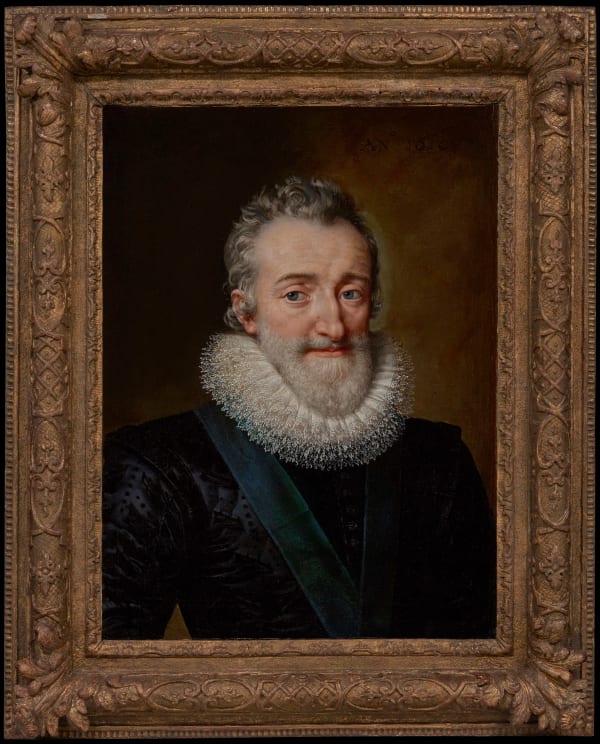



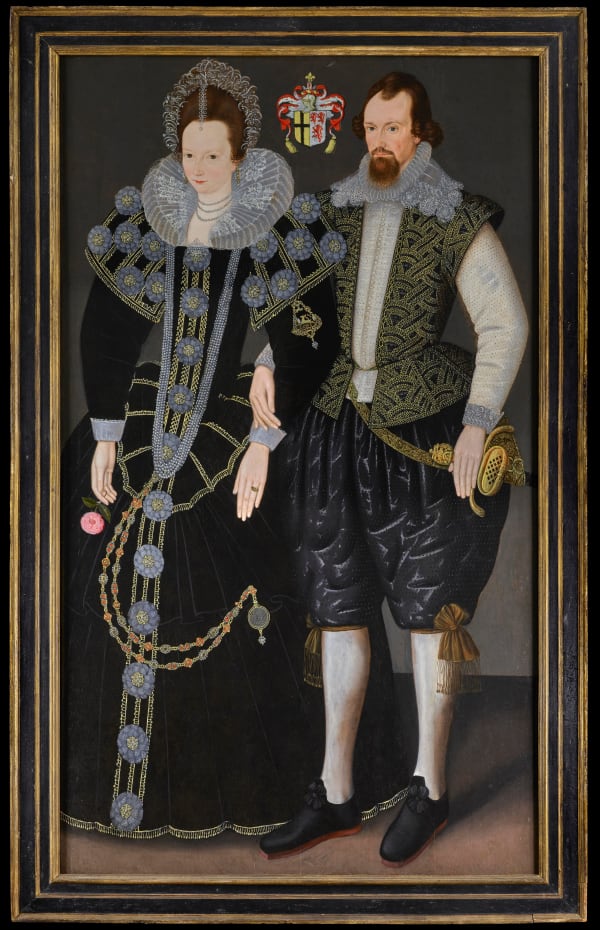

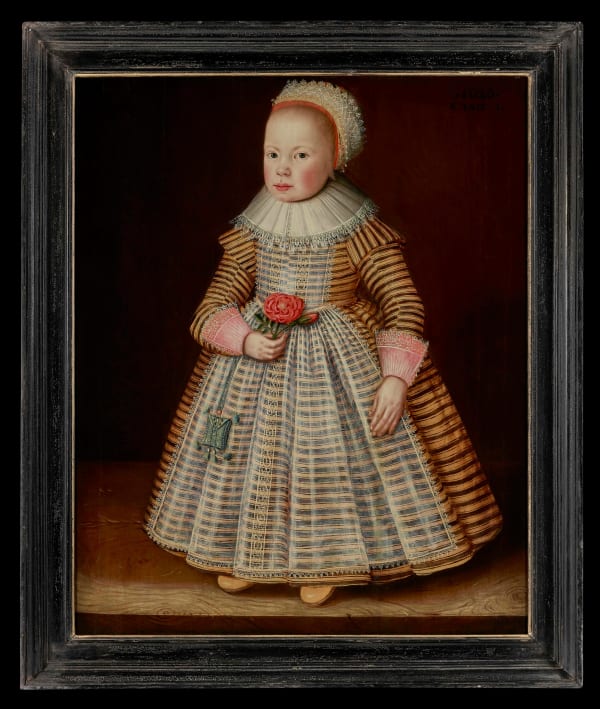
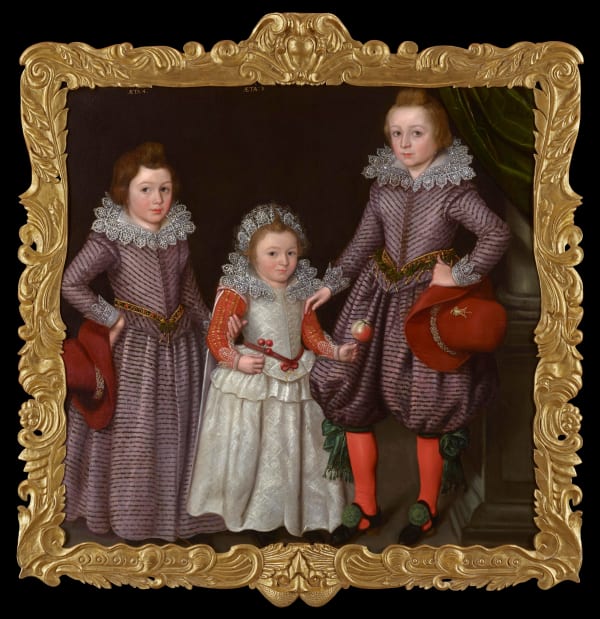




![Mary Beale (1633 – 1699), Lady Mary Sadleir, née Lorymer (d. 1706) [?]](https://artlogic-res.cloudinary.com/w_600,c_limit,f_auto,fl_lossy,q_auto/artlogicstorage/weissgallery/images/view/171f9074da7d878176d56ab917e2e8faj/theweissgallery-mary-beale-1633-1699-lady-mary-sadleir-n-e-lorymer-d.-1706.jpg)
